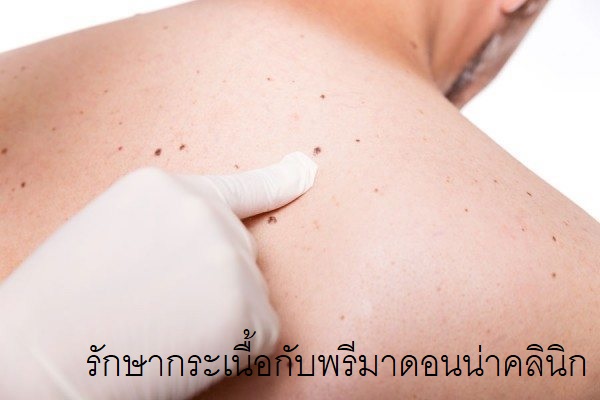
What is seborrheic keratosis?
What is seborrheic keratosis?
Seborrheic keratosis is a common, harmless, noncancerous growth on the skin. It usually appears as a pale, black, or brown growth on the back, shoulders, chest, or face.
The plural of keratosis is keratoses. Seborrheic keratoses are also known as basal cell papilloma, or seborrheic warts.
Seborrheic keratoses tend to appear from middle-age onwards. Some individuals may have just one, but normally there will be several. Seborrheic keratosis is not contagious.
Thirty percent of people have at least one by the age of 40 years, and they affect over 75 percent of people by the age of 70 years.
Seborrheic keratoses may look like warts, moles, or skin cancer. Their appearance is waxy, and they look as if they are stuck onto the skin. Some may look like a blob of brown candle wax.
Others resemble barnacles.
They can range in size from tiny to over 1 inch across.
They are not painful, but they may itch or become irritated. There are four dimensions to consider when describing seborrheic keratosis:
The lesions are rarely painful, but they can be annoying, depending on their position. It is important not to pick or scratch them as this can lead to bleeding, swelling, and, potentially, infection.
Treatment
In most cases of seborrheic keratosis, no further treatment is necessary.
The doctor may recommend removing the growth if:
If the dermatologist carries out a biopsy, they will normally remove the seborrheic keratosis at the same time.
There are several ways of removing seborrheic keratosis




